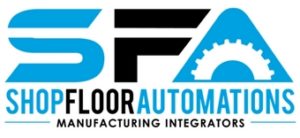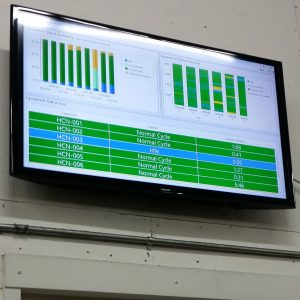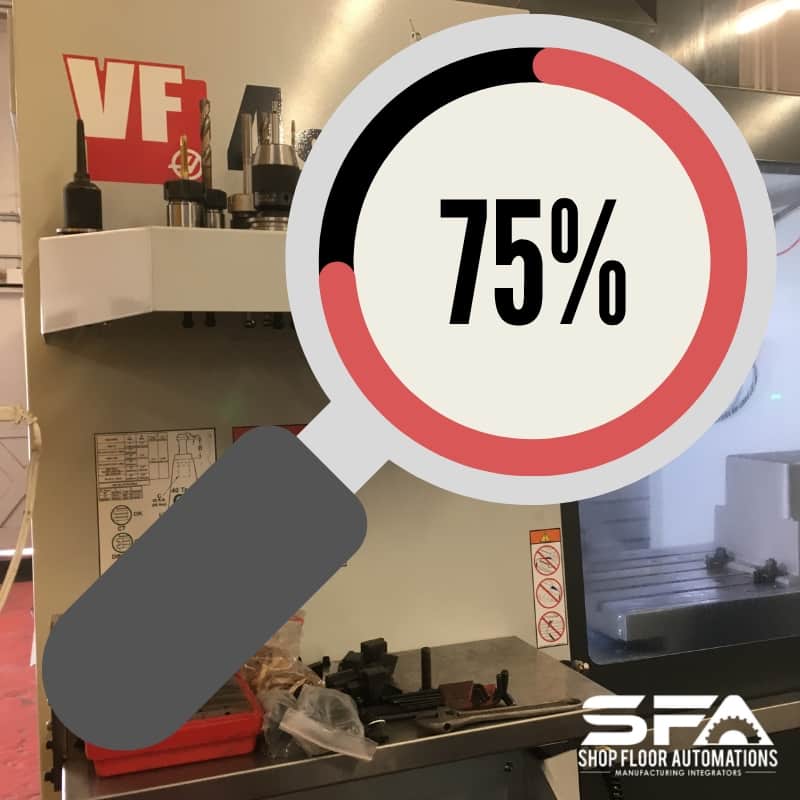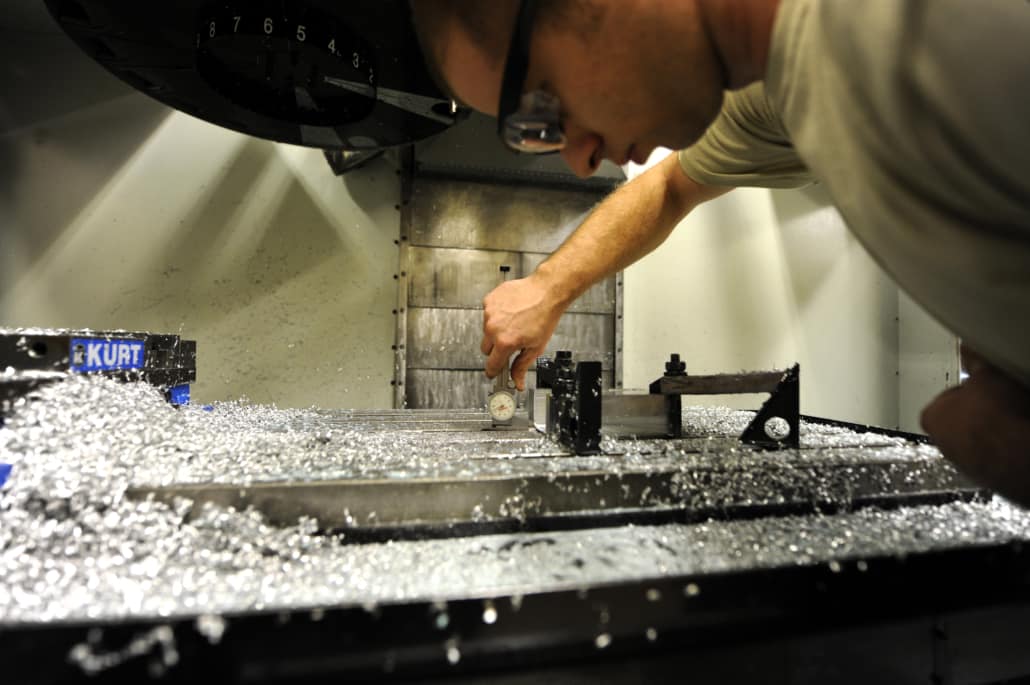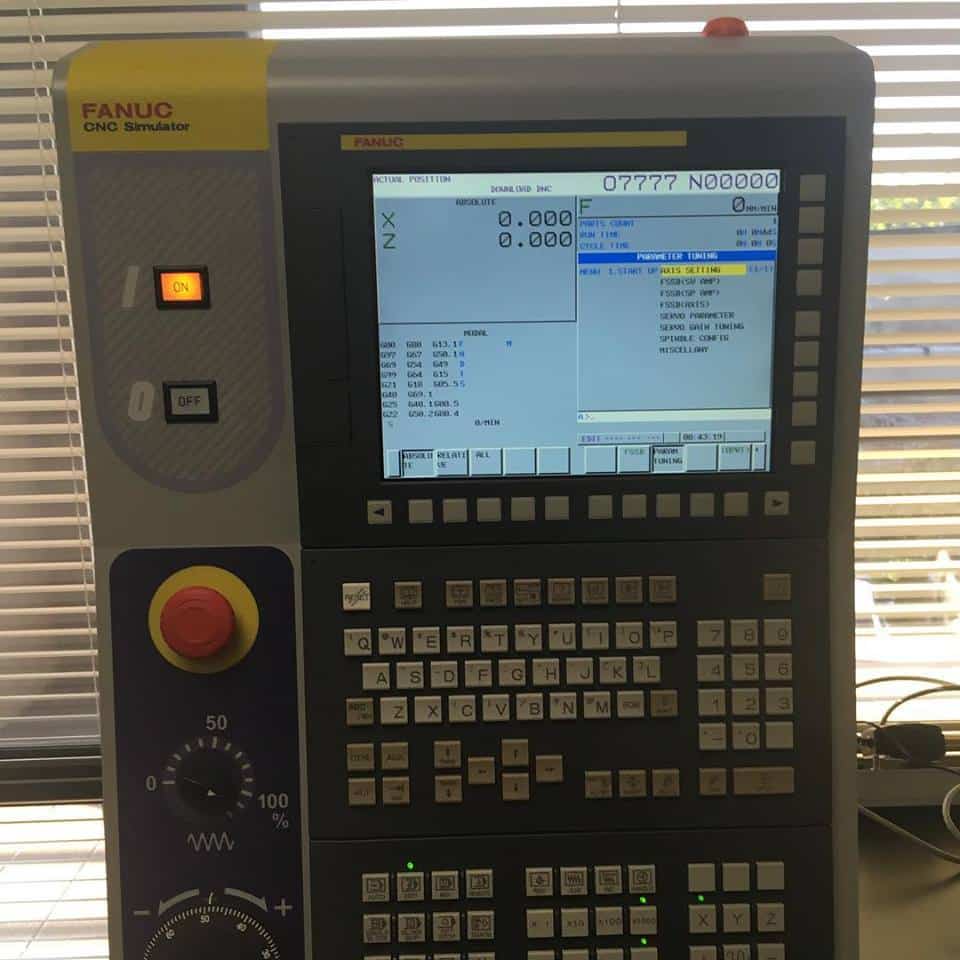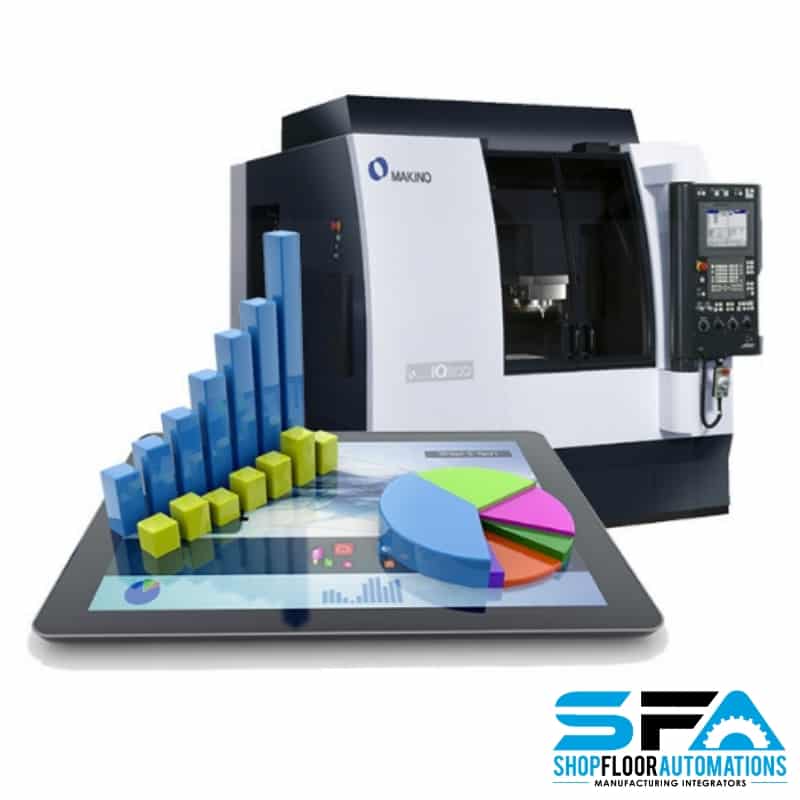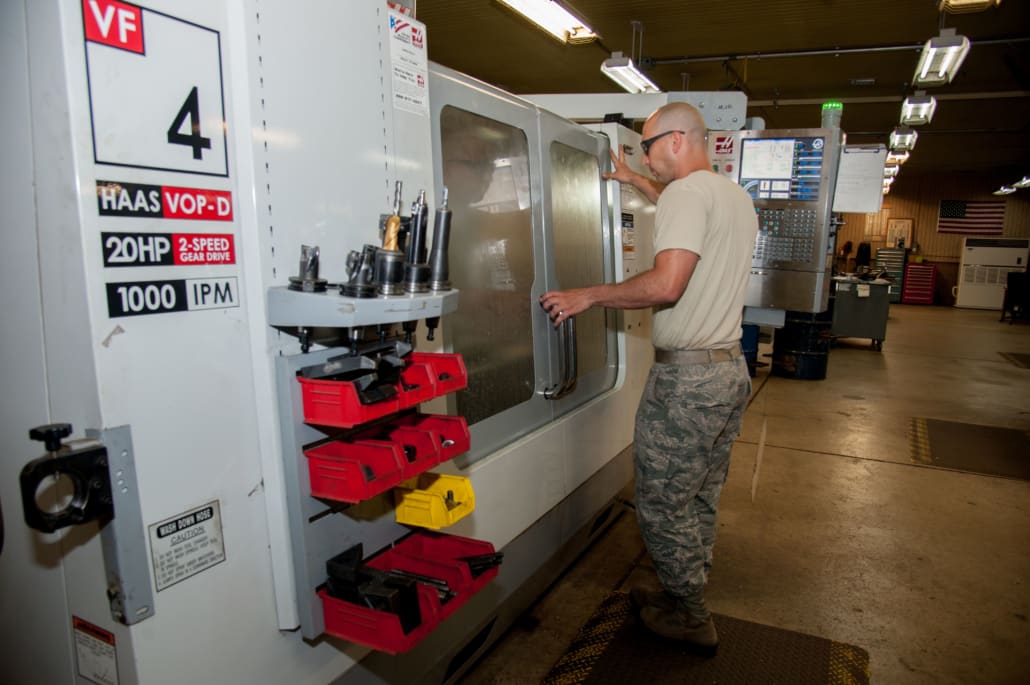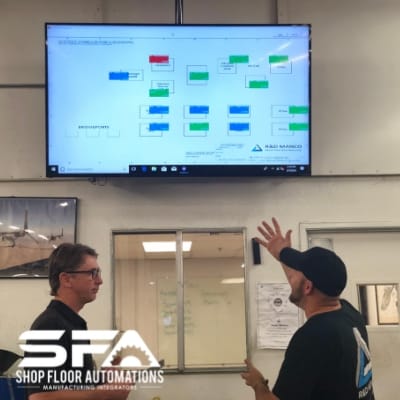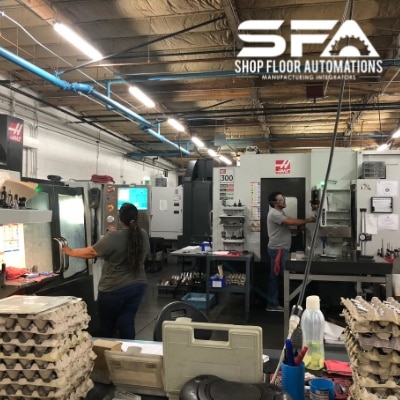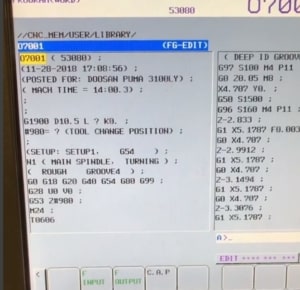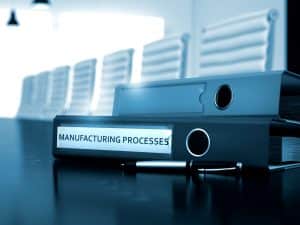
With LAN-USB, network outage protection also occurs via a local server to CNC connection that is independent of the shop floor’s network. The USB function of the device allows it to act as an interface between commercially available USB sticks and any CNC control with a functioning RS232 port. Machine programs can be sent from the CNC memory to the USB stick, USB to CNC memory, or can be drip-fed (DNC) from the USB.
Flexible CNC communication firmware is built into the unit. This allows for a connection to a large variety of machine tool controls. The device buffers the entire program at the machine, and acts as a dedicated computer that responds instantaneously to data flow changes from the CNC.
Positioning this device on the control allows the machine to run at its maximum baud rate. This will prevent a machinist from having to walk back and forth from the DNC PC to the machine in order to initiate machine operation. This important feature allows the LAN-USB to increase your shop floor efficiency by maximizing productivity and reducing downtime.
More benefits of this device come with the financial freedom of keeping an older machine in operation longer, rather than retrofitting a machine with new controllers or replacing a machine altogether. The hardware replaces cost-prohibitive measures of adding OEM memory or USB to the machine in a proprietary manner from the machine tool builder.
The LAN-USB Connect works with the majority of CNC controls on the market with a serial port. It has been tested with Haas, Mazak, Hurco, Fadal, Mitsubishi, Mori Seiki, Okuma, Siemens, and other brands. This device is also available in a “headless” version, as well as a low-cost wireless version.
Interested in the LAN-USB Connect? Contact Shop Floor Automations Today!
If you are interested in adding the LAN-USB Connect to your shop floor equipment today, contact Shop Floor Automations. With over years of experience, we have the knowledge and experience necessary to get your equipment set up with the LAN-USB connect so it can easily interface with your CNC controls. Give us a call today at (619) 461-4000 to learn more or get the order process started!
